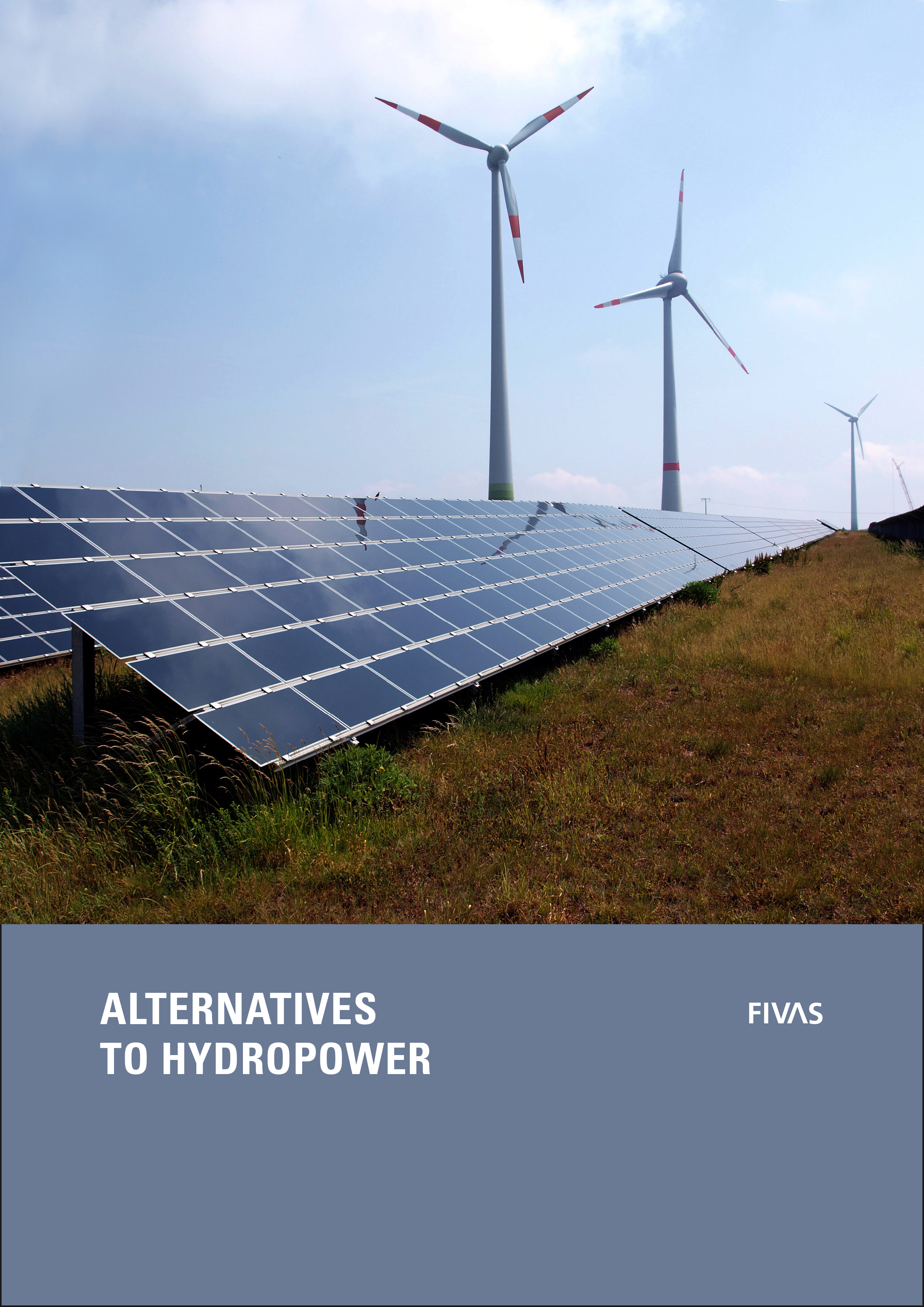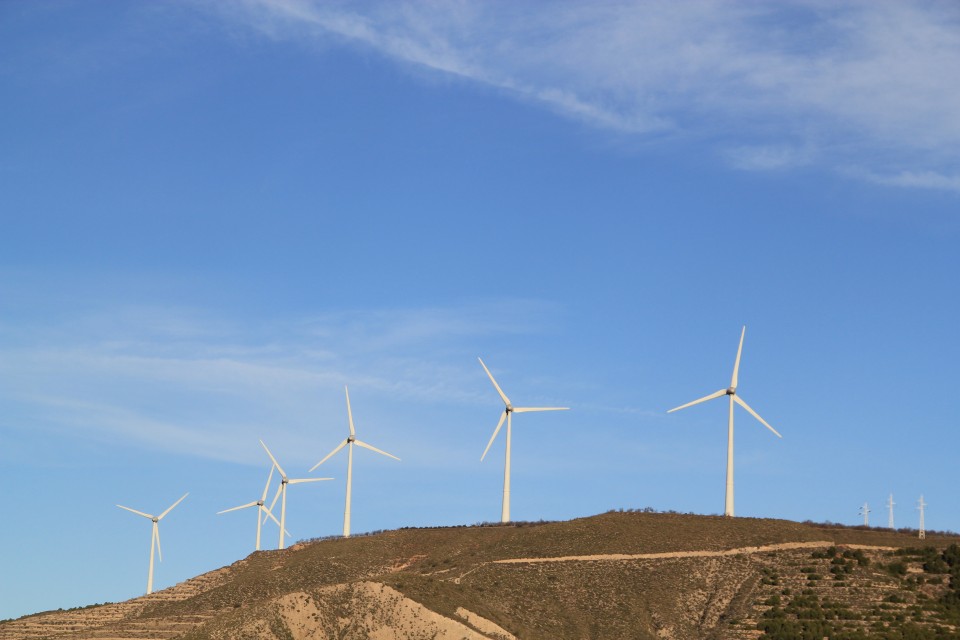Paul Garside and Jonas Holmqvist
Read the full report here: Alternatives to hydropower
Our argument in this report is that hydropower falls short of being the renewable energy solution. The intrinsic problems of hydropower demands that we explore alternative avenues to supply modern renewable energy.
It has been well documented that large scale hydropower or mega dam projects have considerable consequences for the environment and groups of people living both upstream and downstream of hydropower installations. In many developing countries, dams are built without the full participation and consent of local inhabitants and without the proper environmental and social impact assessments. Local populations rarely receive the necessary compensation for their loss of habitat and livelihood.
The subsequent energy that is produced by the dams often bypasses local populations and is sent to regional and national hubs where it is used predominantly to power industrial demands. In addition, the power produced is often too expensive for the majority of rural inhabitants. Or as stated by the REN21 Global status report for 2013:
“The environmental and social impacts of hydro projects include: potential impacts on hydrological regimes, sediment transport, water quality, biological diversity, and land-use change, as well as the resettlement of people and effects on downstream water users, public health, and cultural heritage”
P 37. SUSTAINABILITY SPOTLIGHT: HYDROPOWER
Despite the problematic nature of numerous projects hydropower is considered a boon by national governments. National governments are enticed by the onetime investments needed to secure the hydropower projects. The political significance of building a monumental dam also should not be underestimated. Even against mounting evidence that many hydropower plants around the world are underperforming and failing to meet design capacity, hydropower has upheld its popularity. Large hydro has proven to be risky in the face of future climate changes, rainfall variability, uncertain river flows, failed projects, and poor socio-economic development outcomes for the vast majority of the populations living in these regions. Nevertheless power dynamics seems to favor these large scale installations.
Climate change and the threat of environmental disaster have instigated a drive to reduce our dependence on fossil fuels, nuclear power and other traditional sources and seek out cleaner, more sustainable long-term renewable energy solutions. In response to this drive, a variety of technologies have been developed that can harness the power of the sun, wind, ocean currents and the earths heat. There is mounting evidence to suggest modern non-hydro renewable technologies have the capacity to meet a substantial proportion of our global electricity demand.
This report aims to show how so called new renewables could represent an alternative to hydropower expansion or other unsustainable energy. The report holds an introduction to a range of renewable energy technologies with a view on how they are used today and what prospects they hold.
Read the full report here: Alternatives to hydropower


